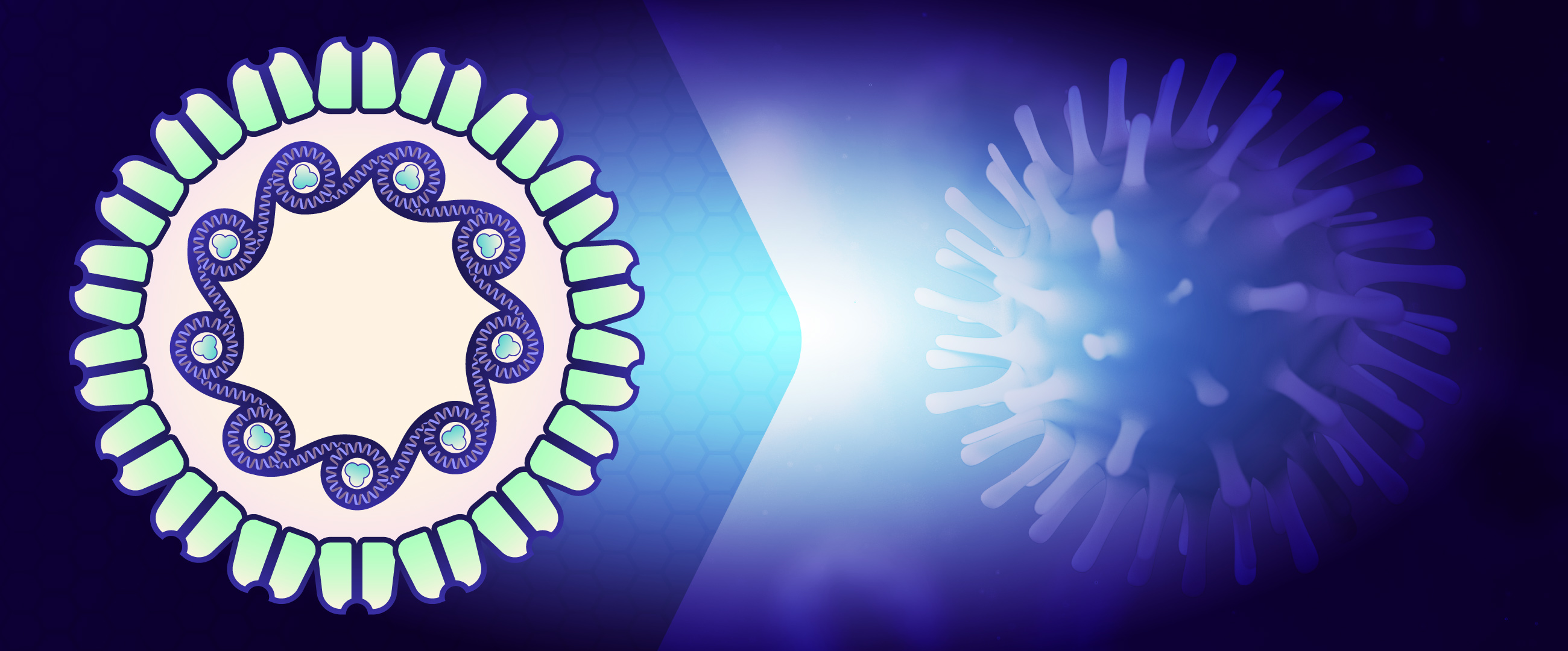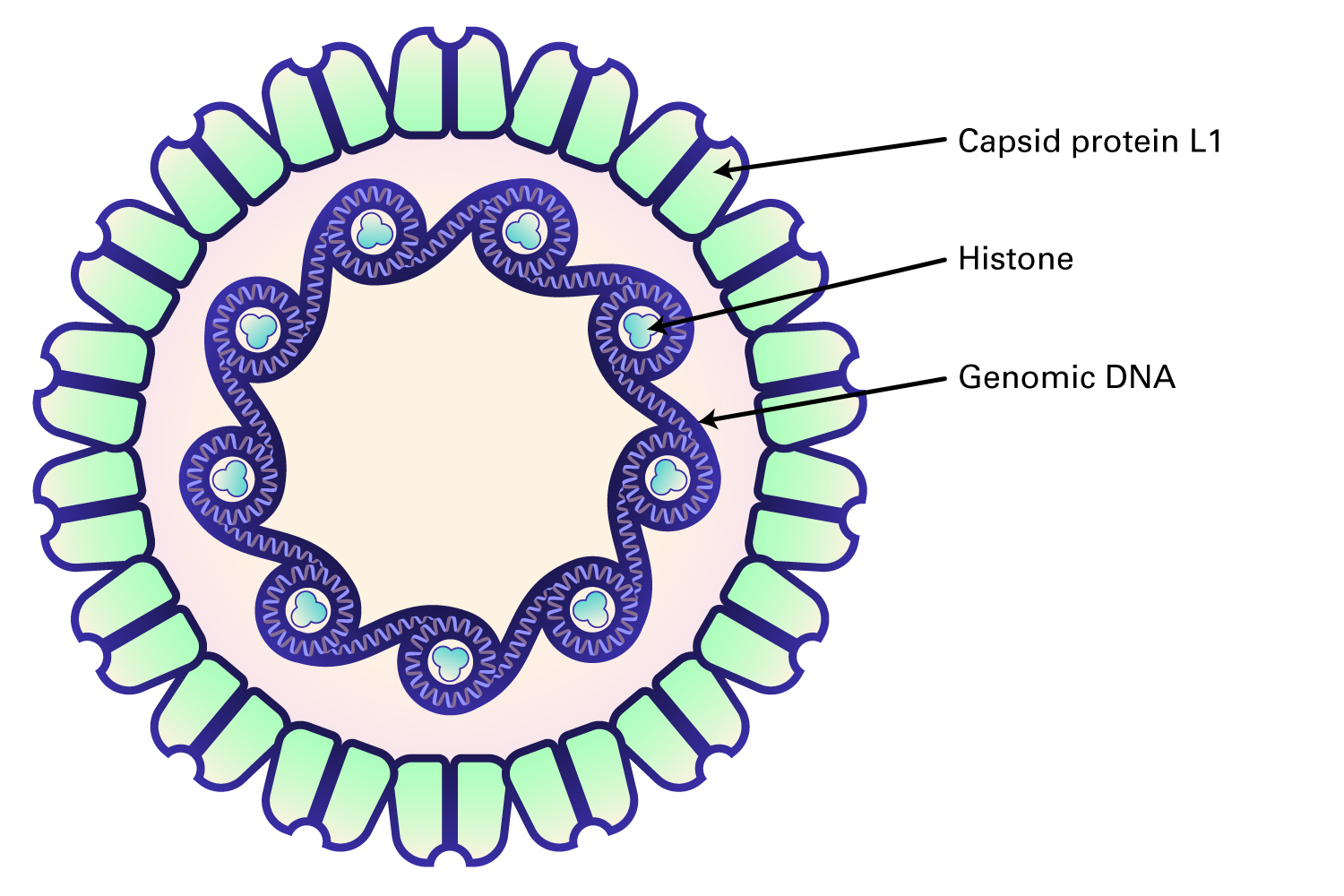order histories, retained contact details for faster checkout, review submissions, and special promotions.
Forgot password?
order histories, retained contact details for faster checkout, review submissions, and special promotions.
Location
Corporate Headquarters
Vector Laboratories, Inc.
6737 Mowry Ave
Newark, CA 94560
United States
Telephone Numbers
Customer Service: (800) 227-6666 / (650) 697-3600
Contact Us
Additional Contact Details
order histories, retained contact details for faster checkout, review submissions, and special promotions.
Forgot password?
order histories, retained contact details for faster checkout, review submissions, and special promotions.
Papillomaviridae (HPV)
Papillomaviruses are non-enveloped, icosahedral double-stranded DNA viruses that range from 45 to 55 nm in diameter, and contain a limited number of genes (6-7).

About Papillomaviridae
Papillomaviruses are highly species-specific and cause tumors (papillomas and carcinomas) in their hosts. The papillomavirus genome contains at least six open reading frames; the early frames code for proteins that are involved in viral replication and cell transformation, whereas the late frames encode capsid proteins. Human papillomaviruses are a diverse group, and more than 200 types exist, associated with different pathologic conditions. They are particularly tropic for squamous epithelial cells, with some types (HPV 6, 11) producing papillomas (warts), and others (HPV 16, 18, 31) producing persistent subclinical infections or transforming the epithelium into oropharyngeal, anogenital, or cervical squamous cell carcinomas. Transmission occurs via direct mucosal contact with an infected person, by sexual transmission, or with viral particles left on a surface.

Papillomaviruses can either infect cells, replicate, and induce cell death upon lysis (permissive cells) or infect cells and transform them rather than undergoing viral replication (non-permissive cells). In permissive cells, the virion attaches to specific surface receptors, enters the cell and is transported to the nucleus, where viral DNA is released. Early phase proteins such as E6 and E7 drive the cell into S phase, then use cellular DNA synthesis proteins such as DNA polymerase and thymidine kinase to replicate. After transcription of late viral RNAs for structural proteins, progeny virions are assembled in the nucleus. Host cell lysis then releases the viral particles.
In non-permissive cells or permissive cells infected with defective viral genomes, the tumor antigens are synthesized, and cellular DNA synthesis is stimulated, but late viral capsid genes are not expressed. Instead, the viral genome integrates randomly into the host chromosome. In human papillomaviruses, the E6 and E7 proteins bind p53 and RB, respectively, leading to immortalization. These transforming proteins produce altered host cell morphology, increased growth rate, loss of contact inhibition, and anchorage independence, all of which promote tumorigenicity.
References
- Ambalathingal, GR et al. BK Polyomavirus: Clinical Aspects, Immune Regulation, and Emerging Therapies. 2017; Clin Microbiol Reviews. doi: 10.1128/CMR.00074-16
- Butel, JS. Papovaviruses. Medical Microbiology. 1996; 4th Edition, Chapter 66.
All Papillomaviridae (HPV) Products












